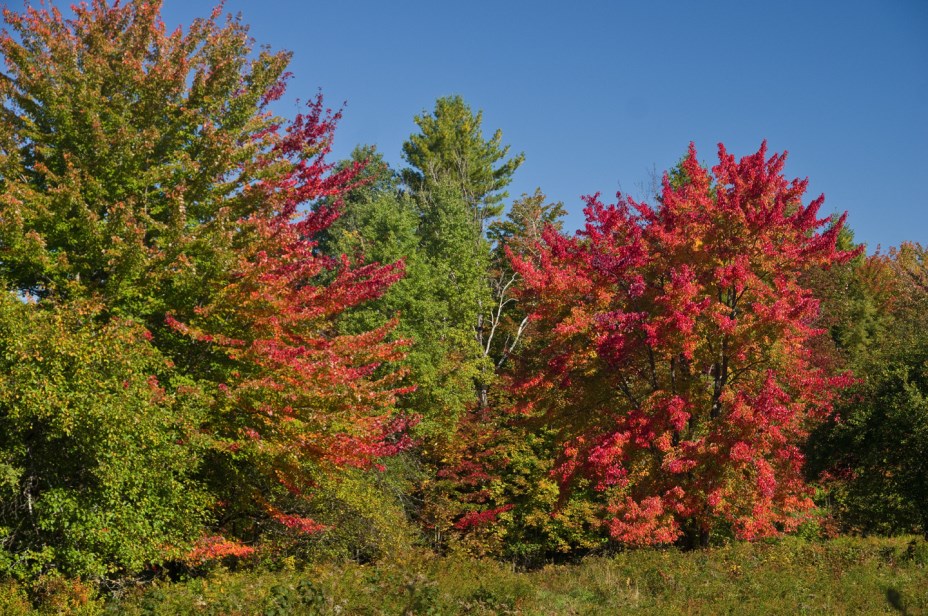Monitoring Vermont's Forests for Disease and Pests
May. 27th 2015Vermonters use forests for recreational opportunities, natural resources and economic opportunities, and ecosystem services. Forests comprise 78% of Vermont land cover; the health of Vermont ecosystems relies on healthy forests. And Vermont forests are very healthy. Less than 1% (38,235 acres) of Vermont forests were impacted by damages in 2014, a decrease of 80% from 2013. Pests and diseases cause most damages to forests in the state, other threats of concern are climate change and weather influence.
Following a cold winter with substantial snowpack, Vermont forests faced a slow start to spring in 2014 and a short sugaring season, but fall foliage was spectacular after a moderate summer and dry fall. Some diseases and pests of note in Vermont are beech bark disease, white pine needle damage, and hemlock wooly adelgid.
Beech bark disease, a pest complex composed of insect and fungi, accounted for the greatest amount of forest decline in 2014, affecting 14,479 acres. However, this is down by 80% from 2013. White Pine Needle Damage was of concern again this year with damage occurring every year since 2010. The fungi that cause the damage have thrived during recent wet springs, and cause drying branches and less canopy growth. Multiple years of damage stress the trees and leave them vulnerable to other pests, leading to great likelihood of death. Hemlock Wooly Adelgid, which causes needle loss and lack of shoot development, has been reported in several communities in southern Vermont; however, winter adelgid mortality was high in 2014 and resulted in less hemlock decline last year. Extensive surveys for Emerald Ash Borer continue. These insects have devastating effects and have been found in all states bordering Vermont, but thus far, they have not been found in Vermont.
Several diseases and insect pests that have been noted in the past, but were not major factors in 2014. Diseases include anthracnose that effect maple, ash, and oak and septoria that harm birch. Insects include the Saddled Prominent, Forest Tent Caterpillar, and Asian Longhorned Beetles. Continued surveys for each of these forest health afflictions helps to catch and treat an outbreak early, improving chances of successful eradication and maintaining a healthy forest.
Climate change can also pose threats to forest health in Vermont. Planning for climate change can help reduce the impacts. Some strategies include protecting soil health, maintaining biodiversity and planning for disturbance created by pests and disease.
Non-native plant invasions have been managed through long-term monitoring, education, and volunteer efforts that continued last year to help map and remove non-native plants. Overall, sugar maples were in very good health last year with low dieback and dense foliage.
Vermont forest health improved in 2014 and continues to be monitored for possible pests or diseases to prevent and reduce potential damages before outbreaks occur. Monitoring and volunteer opportunities for Vermonters provide an important information base to maintain healthy forests.
 ecoNEWS VT
ecoNEWS VT